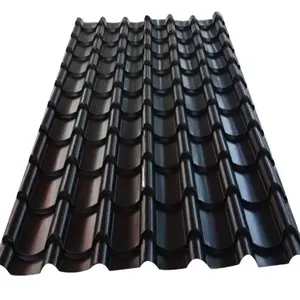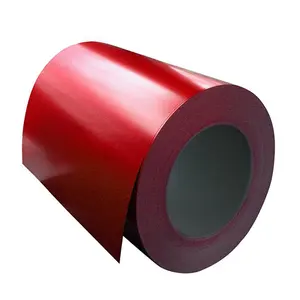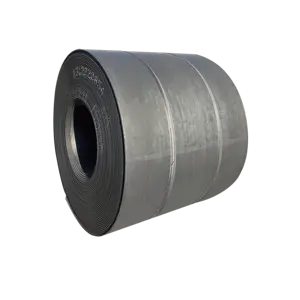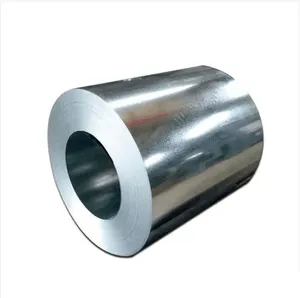Popular in your industry




















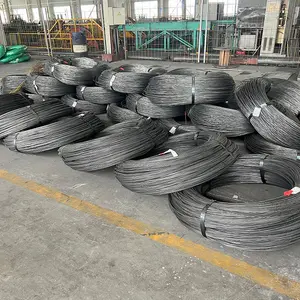




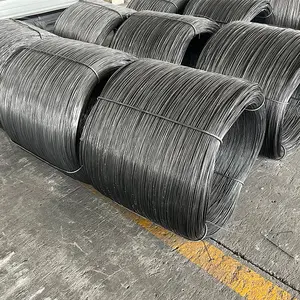



















































Related Searches:







































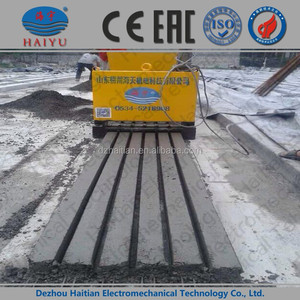































































































Top categories
About prestressed wire malaysia
Prestressed Wire: An Overview
Prestressed wire, a product category integral to various industrial applications, stands as a testament to modern engineering and construction innovation. This specialized wire is designed to counteract applied loads through pre-imposed stress, enhancing the durability and load-bearing capacity of concrete structures.
Types and Features of Prestressed Wire
The versatility of prestressed wire is evident in its various types, each tailored for specific applications. Common variants include plain, indented, and epoxy-coated wires, each with unique features such as high tensile strength and resistance to relaxation. The indented type, in particular, offers superior bond strength in concrete.
Applications of Prestressed Wire
Prestressed wire Malaysia is predominantly used in precast concrete construction, including beams, floors, and bridges, where it provides essential tensile strength. Its utility extends to the manufacturing of railway sleepers, poles, and even in the creation of rock and soil anchors.
Material Composition and Advantages
The material composition of prestressed concrete wire typically involves high-carbon steel, known for its exceptional strength and flexibility. This composition ensures a high degree of reliability in supporting structures under various stress conditions without compromising their integrity.
Environmental Resistance and Sustainability
A notable feature of prestressed wire is its environmental resistance. The wire is often galvanized or coated to withstand corrosive elements, making it suitable for harsh environments. This prolongs the lifespan of structures and contributes to sustainable construction practices.
Considerations for Buyers
Buyers should consider the specific requirements of their projects when selecting prestressed wire. Factors such as diameter, tensile strength, and elongation properties are crucial to ensure compatibility with the intended application and to maintain the integrity of the structures.
